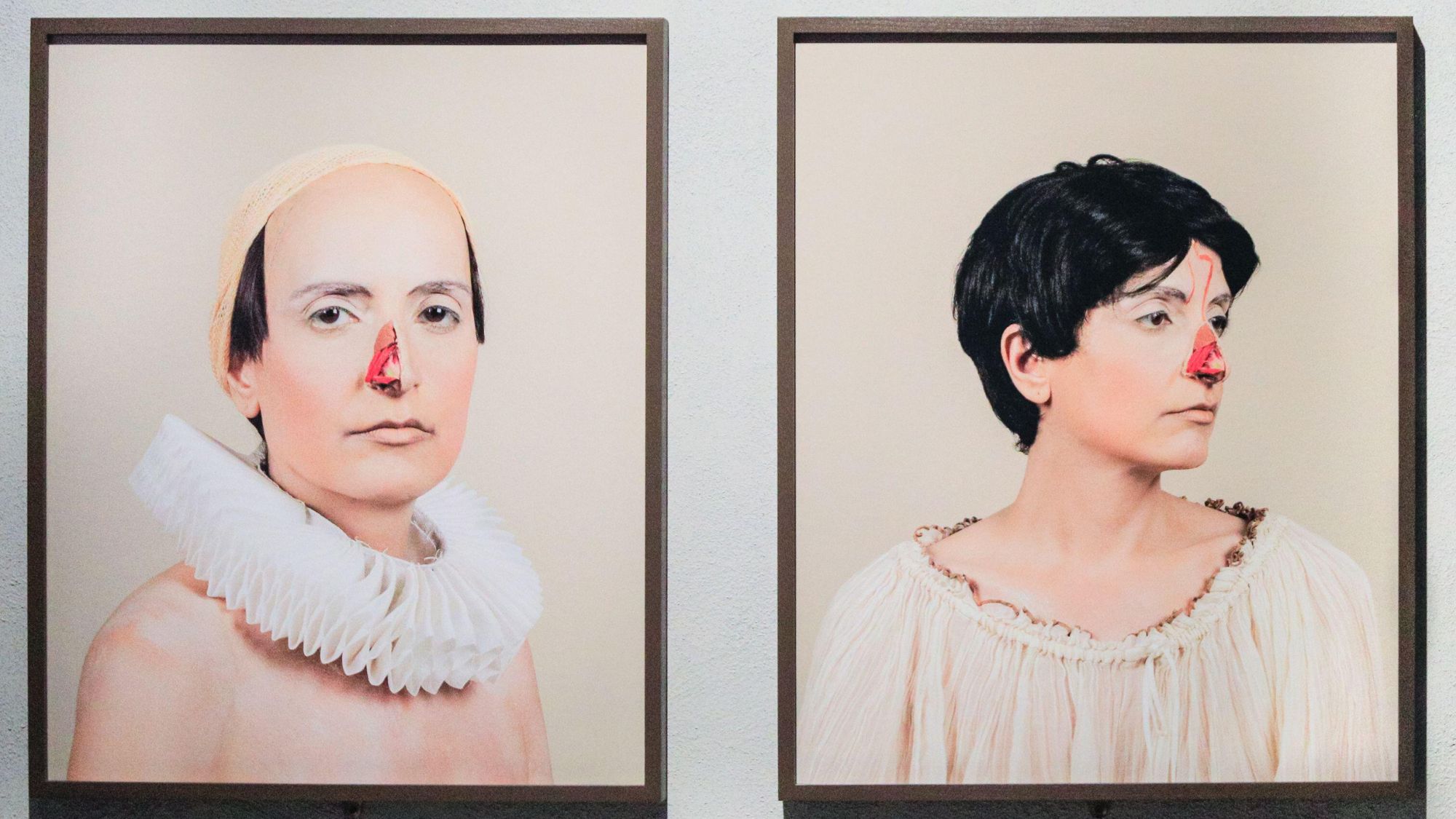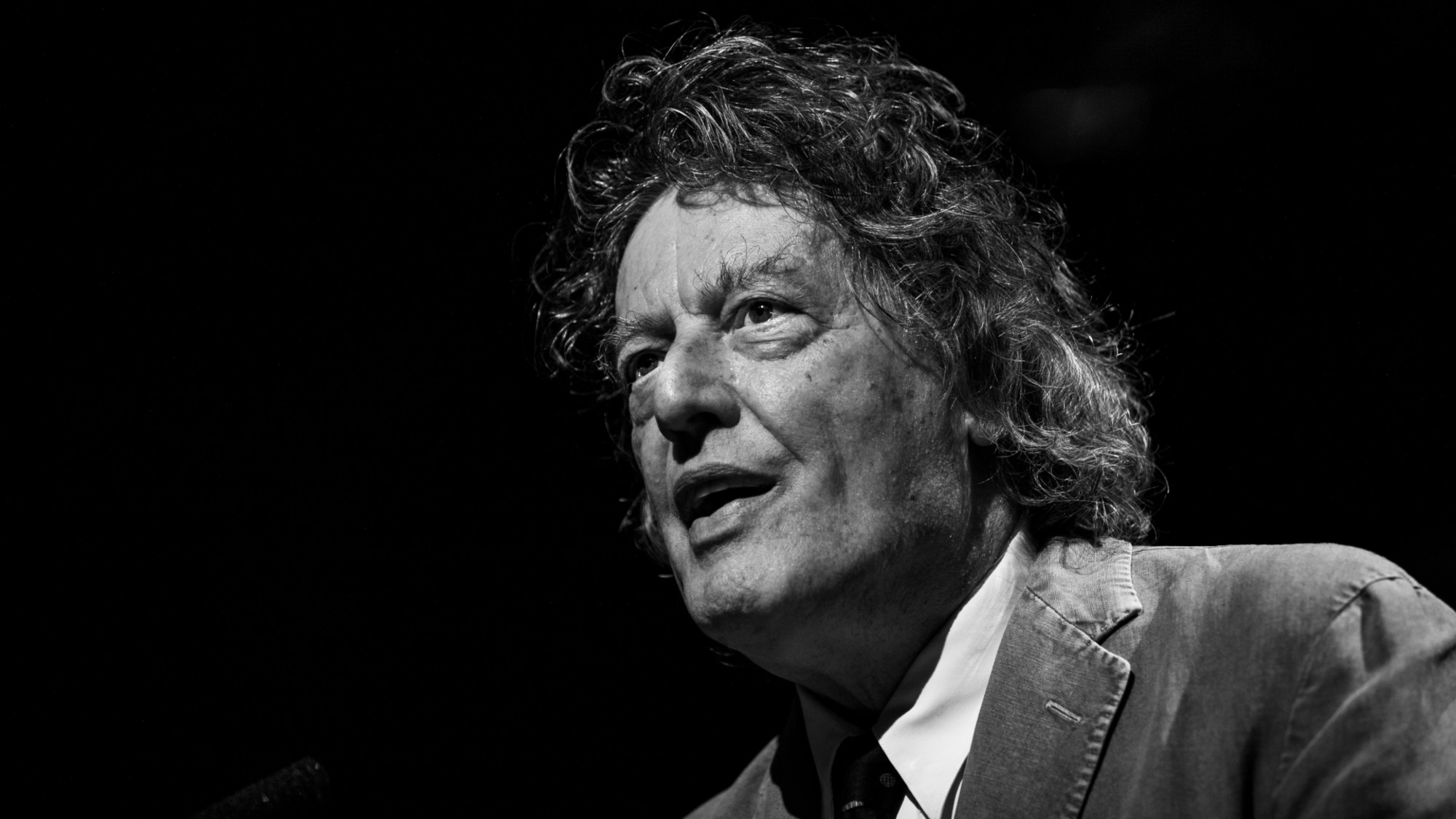The Cult of Beauty review: a 'fascinating' exhibition
Ideals of beauty through history and around the world are explored at Wellcome Collection

In the age of social media, the pressure to conform to beauty standards embodied by celebrities and influencers has become "unrelenting", said Anita Bhagwandas in The Guardian. The global beauty industry is expected to exceed $800bn by the end of this year. Yet this obsession is not quite the modern phenomenon we might imagine it to be. Indeed, "defining who and what is 'beautiful' has plagued philosophers, mathematicians, scientists and mere mortals for centuries".
As this "fascinating" new exhibition at the Wellcome Collection explains, our current ideals of beauty are the culmination of "age-old beliefs that date back to prehistory". The show brings together some 200 objects, installations and works of art to explore the concept of beauty "in all its glorious and insidious guises". "The Cult of Beauty" tells all manner of "untold stories" from cultures around the world, from the dawn of history right up to the present: one series of photographs examines the prevalence of nose jobs in contemporary Iran.
"There's an awful lot here to think about and marvel at," said Melanie McDonagh in the Evening Standard. We see, for instance, "a fascinating selection of antique make-up tools, including an Egyptian device for producing kohl". There is also a burnished bronze mirror from Egypt, demonstrating that even before the invention of "effective looking glasses" – enabled by putting mercury behind glass – we still sought to gaze at our own reflection. And while attempts at cosmetic surgery have existed since the 17th century, the "really gross" examples of botched treatments come from our own time: a number of photos here will "cause you never to entertain the idea of a facelift or breast surgery". It's not all great, however. The contemporary art installations here are less successful than the historical exhibits, and the show often strikes an off-puttingly hectoring tone, demanding we think in a certain way about the "politically unsound past".
The Week
Escape your echo chamber. Get the facts behind the news, plus analysis from multiple perspectives.

Sign up for The Week's Free Newsletters
From our morning news briefing to a weekly Good News Newsletter, get the best of The Week delivered directly to your inbox.
From our morning news briefing to a weekly Good News Newsletter, get the best of The Week delivered directly to your inbox.
Nevertheless, this is a "riveting" exhibition, said Laura Cumming in The Observer. It's fascinating, for example, to learn how many aesthetic procedures have their origins in medical science: electrotherapy for wrinkles was first used to treat tuberculosis, while "the oxygen therapy beloved of Hollywood stars" was originally a treatment for asthma. The curators have "a keen sense of the ludicrous", as seen in Hogarth prints lampooning the fashions of his day and, "best of all", a "scaled-up life-size mannequin of Barbie" with "a 21-inch waist" and "hips scarcely any larger". Elsewhere, and altogether more disturbing, a 17th century satirical print depicts men taking their "old" or "ugly" wives to a windmill "to be 'improved' through grinding". At once horrifying and compelling, this is a "terrific" and revelatory show.
Wellcome Collection, London NW1 (020-7611 2222, wellcomecollection.org). Until 28 April 2024.
Sign up to The Week's Arts & Life newsletter for reviews and recommendations
A free daily email with the biggest news stories of the day – and the best features from TheWeek.com
-
 Trump’s poll collapse: can he stop the slide?
Trump’s poll collapse: can he stop the slide?Talking Point President who promised to ease cost-of-living has found that US economic woes can’t be solved ‘via executive fiat’
-
 Codeword: December 7, 2025
Codeword: December 7, 2025The daily codeword puzzle from The Week
-
 Crossword: December 7, 2025
Crossword: December 7, 2025The daily crossword from The Week
-
 Wake Up Dead Man: ‘arch and witty’ Knives Out sequel
Wake Up Dead Man: ‘arch and witty’ Knives Out sequelThe Week Recommends Daniel Craig returns for the ‘excellent’ third instalment of the murder mystery film series
-
 Zootropolis 2: a ‘perky and amusing’ movie
Zootropolis 2: a ‘perky and amusing’ movieThe Week Recommends The talking animals return in a family-friendly sequel
-
 Storyteller: a ‘fitting tribute’ to Robert Louis Stevenson
Storyteller: a ‘fitting tribute’ to Robert Louis StevensonThe Week Recommends Leo Damrosch’s ‘valuable’ biography of the man behind Treasure Island
-
 The rapid-fire brilliance of Tom Stoppard
The rapid-fire brilliance of Tom StoppardIn the Spotlight The 88-year-old was a playwright of dazzling wit and complex ideas
-
 ‘Mexico: A 500-Year History’ by Paul Gillingham and ‘When Caesar Was King: How Sid Caesar Reinvented American Comedy’ by David Margolick
‘Mexico: A 500-Year History’ by Paul Gillingham and ‘When Caesar Was King: How Sid Caesar Reinvented American Comedy’ by David Margolickfeature A chronicle of Mexico’s shifts in power and how Sid Caesar shaped the early days of television
-
 Homes by renowned architects
Homes by renowned architectsFeature Featuring a Leonard Willeke Tudor Revival in Detroit and modern John Storyk design in Woodstock
-
 Film reviews: ‘Hamnet,’ ‘Wake Up Dead Man’ and ‘Eternity’
Film reviews: ‘Hamnet,’ ‘Wake Up Dead Man’ and ‘Eternity’Feature Grief inspires Shakespeare’s greatest play, a flamboyant sleuth heads to church and a long-married couple faces a postmortem quandary
-
 May your loved ones eat, drink and be merry with these 9 edible Christmas gifts
May your loved ones eat, drink and be merry with these 9 edible Christmas giftsThe Week Recommends Let them eat babka (and cheese and licorice)